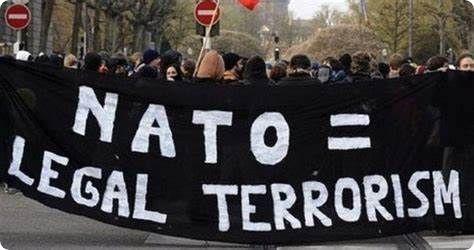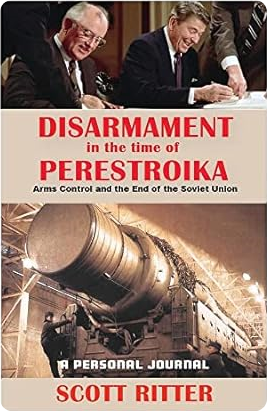
[Leonid Savin] The NATO Hydra Is Raising Its Heads
Keep up to Date & Bypass the Big Tech Censorship
Get uncensored news and updates, subscribe to our daily FREE newsletter!
rsary – Russia. Besides participating in all NATO activities, the United States also conducts its own exercises with various objectives. At the end of February, the 1st, 2nd, and 54th Security Force Assistance Brigades (specialized Pentagon units whose main task is to advise, support, maintain communication, and assess operations with allied countries and partner countries, SFAB) conducted the second exercise “Combined Victory in the Information Environment.”
Within the framework of the training, under the pretext of the legend of protecting a friendly state from interference in communication systems, the following tasks were worked on:
– Conducting modern warfare and multi-domain warfare with the ability for remote control of infrastructure using cyber means.
| Recommended Books [ see all ] | ||||
|---|---|---|---|---|
 |  |  |  |
 |
– Using FM frequencies and Internet-controlled systems like “Smart Home” for conducting information operations.
– Simulating the operation of social networks and the internet environment, spreading malicious links through email.
These maneuvers placed significant emphasis on electronic warfare and the electromagnetic spectrum, as it pertains to the resilience of the command post and maintaining a low signature level. This attention may stem from data obtained from the Ukrainian front, where Russian forces have recently been effective in identifying and suppressing Ukrainian command posts. As a result, the U.S. military is attempting to compel units to reduce their signatures and overall emission spectrum to decrease the chances of being detected and targeted.
The first exercises of this kind for the Security Force Assistance Brigade (SFAB) took place in August 2023. A Pentagon representative commented at the time, stating, “We have extracted many lessons, and we are using these lessons to expand our training strategy in the information domain and align our strategy with [National Training Center, Joint Readiness Training Center, and Joint Pacific Multinational Readiness Center] in the long term. I sincerely believe that we are ahead of events and aligning with what the Army and the Department of Defense are aiming for with our information dimension and training in information advantages, especially for conventional army units.”
According to the spokesperson for the military exercises, even during the August exercises, officials were able to reproduce the information dimension of the Russian-Ukrainian conflict, teaching soldiers about the effects in the information sphere that could impact their missions. Soldiers were provided with mobile phones and laptops along with role players. Participants in role-playing scenarios posted on social networks, and consultants had to track and understand how to combat them from the perspective of influencing their missions.
It is evident that the real objectives of such activities involve operational testing of the capabilities of the U.S. military, especially in a proxy war scenario where the U.S. is not officially participating. Ukraine is, of course, an excellent testing ground for such actions.
However, indications of potential direct involvement are provided by other maneuvers. In early February, the U.S. Navy, Air Force, and Army conducted combat exercises simulating mass casualties near the Air National Guard Base at Gowen Field in Idaho.
During these exercises, soldiers, pilots, and sailors were given various tasks on how to properly and effectively provide medical assistance or move the wounded under heavy fire. Soldiers not directly involved in treating casualties provided cover with fire and used thick smoke to conceal the movements of the medical brigade. When they were in helicopters for medical evacuation, an army air transport intensive care group stabilized the condition of the casualties.
It is apparent that the goal of such exercises is to practice the coordination of different types of forces during a large-scale battle. Although the United States has another clearly defined threat—China, considering NATO’s other maneuvers and enhanced military-industrial modernization, and against the backdrop of Macron’s statements about sending troops to Ukraine, which appeared as some kind of test, there is an impression that U.S. and NATO strategists are planning a reckless military adventure against Russia.


